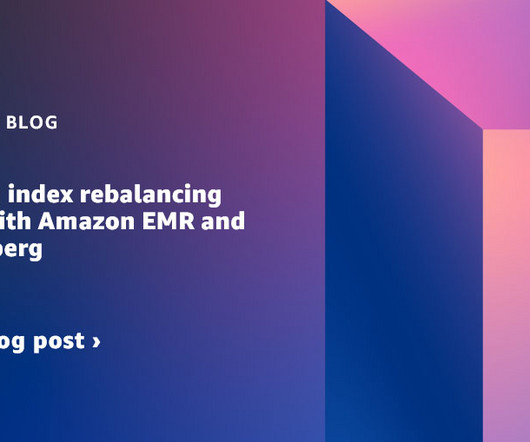Bringing an AI Product to Market
O'Reilly on Data
JULY 28, 2020
Without clarity in metrics, it’s impossible to do meaningful experimentation. AI PMs must ensure that experimentation occurs during three phases of the product lifecycle: Phase 1: Concept During the concept phase, it’s important to determine if it’s even possible for an AI product “ intervention ” to move an upstream business metric.




















Let's personalize your content